#building window
Explore tagged Tumblr posts
Text
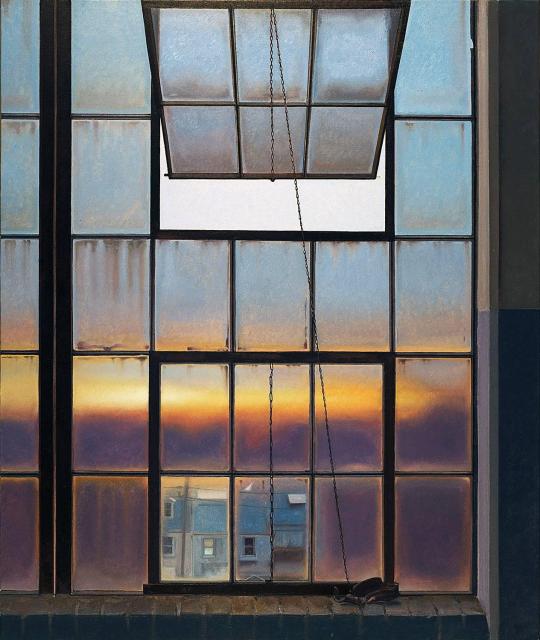
Quitting Time - John Moore , 2015.
American, b. 1941 -
Oil on linen, 50 x 42 in. 127 x 106.68 cm.
5K notes
·
View notes
Text


A bedroom inside the Nakagin Capsule Tower Building by Kisho Kurokawa (1972)
#Nakagin Capsule Tower#capsule hotel#capsule apartment#interior design#window#japan#building#design#white#art#kisho kurokawa#1972
8K notes
·
View notes
Text
"most allegedly haunted houses turn out to have gas leaks!"
no they don't. you are merely skimming the surface of mundane shit that can be wrong with old houses with your one puny little explanation that only fits a very small number of cases. try harder
#ghosts#hauntings#paranormal#like dude I'm a believer but I work in house museums and live in a place where 1930 is NEW for an apartment building#weird pressure differentials! animals trapped in the walls! bad window and door seals causing drafts! expanding and contracting wood!#to say NOTHING of the wiring Shenanigans. oh boy are they many.#GET CREATIVE WITH IT!
7K notes
·
View notes
Text







little corsican bistro, willow creek
for over 40 years the martinelli family have poured their love and every last penny into this cozy little bistro, providing the residents of willow creek with an intimate getaway to celebrate graduations, engagements, start affairs, and enjoy delicious italian comfort food.
"call 555-1239 to make your reservation or hit 1 on your keypad for pizza delivery - delivered to your door in 30 minutes or less!"
download & info below the cut!!
required cc:
peacemaker: bistro expanded, strangerville expanded
felix andre: chateau part 7 (rug only), gatsby (walls only! none of this is necessary and easily replaceable!!!)
tuds: nctr, shkr (vases only), ind (menu only)
pierisim: precious promises, domaine du clos part 4 (just the flowers)
charly pancakes: precious promises
max20: toilet mini set (just the toilet roll holder) bathroom pack (toilet only)
valia: lorenza living room (just the little painting)
surelysims: smoky sentry fire alarm
brazenlotus: wall & floor crack addons
ats4: newspaper stack
mint-valentine: vintage frame
s-imagination: cottage kitchen (barrel only)
amoebae: plastered style (solid)
this lot was made for the 30x20 lot in pendula view
i have all the packs and use most of them, but the most important ones are the bistro kit & dine out!
tou: do whatever you want just don't paywall!!
download
#i just know the martinelli's put their son to WORK with that 30 minute delivery window#he's WHIPPING that sloppy jalopy around willow creek!#i'm trying to make willow creek small town pleasantview/sunset valley vibes#so this is literally the only nice place to eat#there will be a little diner in town for affordable meals and casual dining too!! just like ts3#i don't want there to be too much wealth in this save (for the most part) so there won't be many fancy places like this#i just love the save so far!! i can't wait to play in it#ts4#ts4 build#ts4 download#my build#*downloads
1K notes
·
View notes
Text



@natureaestheticdreams for more 🍃
#nature#naturecore#forestcore#ruralcore#photography#witch#goblin#natureaesthetic#green#intothewoods#bigtrees#tower#medieval#fantasy#dreamy#balcony#windows#sceneries#walkingaround#owl#buildings#fairytale#fairy#dark#pretty#aesthetic#leaves#trees#naturaleza#bosque
2K notes
·
View notes
Text







Hafsteinshús, Bakkaflöt, Garðabær, Iceland - Högna Sigurðardóttir
#Högna Sigurðardóttir#architecture#design#building#modern architecture#interiors#minimal#house#house design#concrete#modern#modernist#brutalism#modernist architecture#cool design#bunker#light and shadow#landscape#grass#garden#cool houses#iceland#icelandic#living room#kitchen#fire place#timber#windows#stone flooring#cosy aesthetic
1K notes
·
View notes
Text
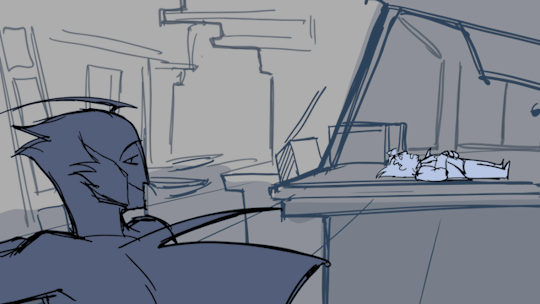
#Blurrfish au#<- by Keferon ~#I just got SO smacked i my head with frustration and inspiration#Just saw an animatic for one project#And it looked simple yeah? BUT IT GAVE ME SHIVERS#Simple lines that give the basics to all you need including movements. No need for it to be perfect you see it#Detailed where neeeded#Emotions are seen perfectly#little extra movements of characters#COMPOSITIONS. Like under an angle and it zooms in#I AM JUST SO IMPRESSED BY ANIMATIC ARTISTS I WANT TO SHAKE THEIR HANDS AND MY LIFE GOAL IS DONE#I'm sure there is ton of work behind it to see sense and understand which angles and so on to take I am AAAAAAAA#My brain is scattered so much lately I've lost my way ahahashgahashg#animation tag#Wanna animate something dynamic like swimming through the window under water of the building and the chasing beast gets stuck#Grrrrrr
979 notes
·
View notes
Text

The Delivery of the Letter by Lucius Rossi
#lucius rossi#art#letter#intrigue#secrecy#romanticism#georgian era#europe#european#symbolist#symbolism#winter#snow#window#woman#light#rider#messenger#delivery#architecture#building#gate#gates#house#horse#shadow#romantic#man#aristocratic#aristocrat
924 notes
·
View notes
Text



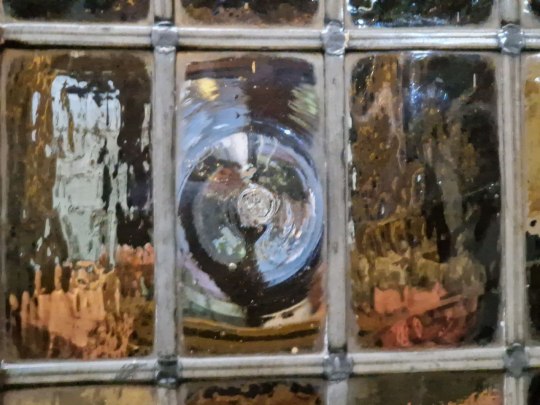
Have you noticed these windows?
These images showcases a beautiful set of old, possibly medieval or early modern windows, which contain distinct "bullseye" panes. These "bullseyes" were a byproduct of a historical glass-making technique called crown glass production. During this process, molten glass would be spun into a disk, and the central portion, where the rod had been attached, would form a thick, rounded distortion — the bullseye. Originally considered flawed or less desirable compared to the smooth outer edges, these panes were often sold at a lower cost.
The bullseye feature is now cherished for its historical charm and rustic character. Because modern methods of glass production allow for flawless, uniform sheets of glass, this style of window pane is no longer deliberately replicated, giving such windows a unique, irreplaceable quality. The reflection of the light in these windows, along with the subtle distortions from the bullseyes, adds a sense of warmth and antiquity to the building.
In modern settings, these features are often sought after by those who appreciate craftsmanship and history. The uneven, hand-crafted appearance of these windows contrasts with today's mass-produced glass, making each pane unique and full of character, adding not just aesthetic value but also a tangible connection to the past.
#dark academia#light academia#classical#academia aesthetic#escapism#academia#books and libraries#classic literature#books#architecture#object#bullseye#windows#period#medieval#early modern#glass#design#building#information#info#facts#royal core#cottage core#aesthetics#academic#aesthetic#mood#vibe#tumblr
576 notes
·
View notes
Text

American Showcase of Illustration (1990)
792 notes
·
View notes
Text

Rear Window - Ida Lorentzen , 2022.
Norwegian - American , b. 1951 -
Oil on canvas , 150 x 120 cm.
526 notes
·
View notes
Text
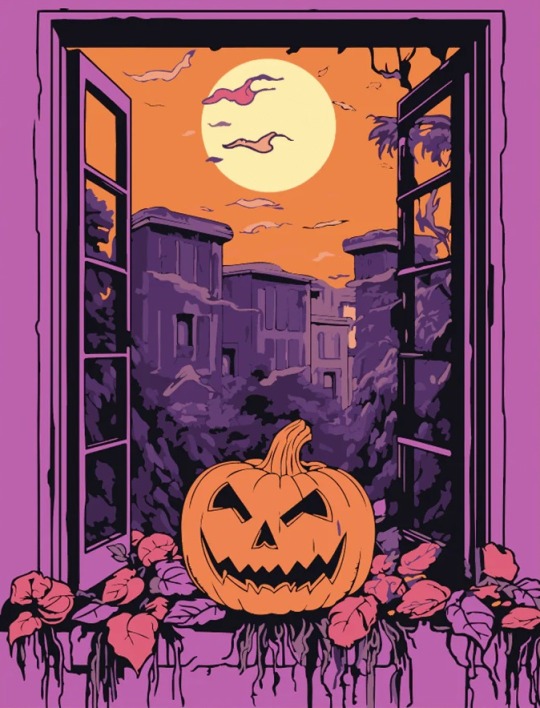
#halloween#pumpkins#pumpkin#window#building#pastel#art#fall#pink#purple#fall leaves#view#jackolantern#classic#retro#retro aesthetic#retrowave#orange#2023#90s#🌞#sunrise#sunset#🎃#vaporwave
4K notes
·
View notes
Text
Cottage Living Windows and Triple Chimney for The Sims 2

These are 4to2 conversions from Sims 4 Cottage Living Pack (Bae Bay Window, Bagatha Crisptea's Literary Window, Bliss for Eyes Window, Double Window for Double Blessings, Storybook Cottage Window Left, Storybook Cottage Window Right, Twee Thatched Bay Window, and Ye Old Windowbury Window.) and Discover University (Triple Chimney).
They have all recolors and the diagonal version. The chimney has the smoking effect too.
DOWNLOAD HERE
------------------------------
If you want to support my creations, you can send me a donation with Paypal or Ko-fi ☕ If you want to ask for a Paid Commission, HERE you can find more details. Thank you ❤️
#ts2#the sims 2#sims 2 cc#sims 2 download#the sims 2 cc#ts2 download#4to2#4to2 conversion#build mode#window#chimney
394 notes
·
View notes
Text
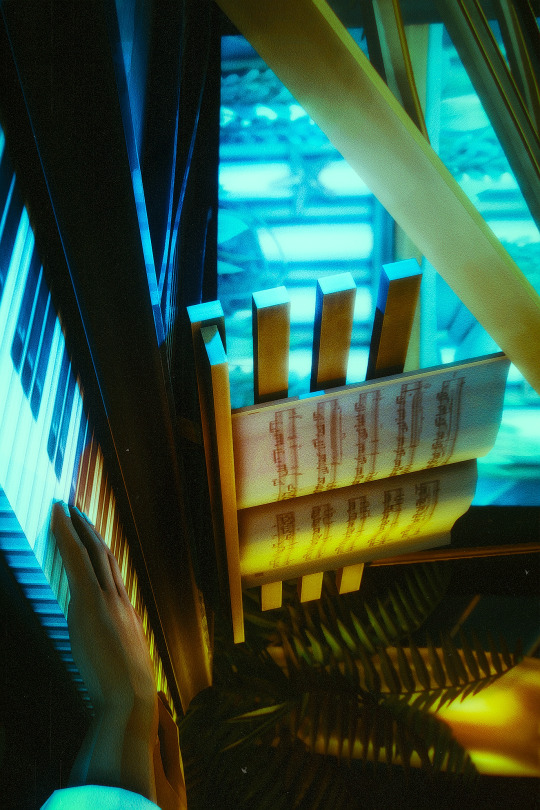







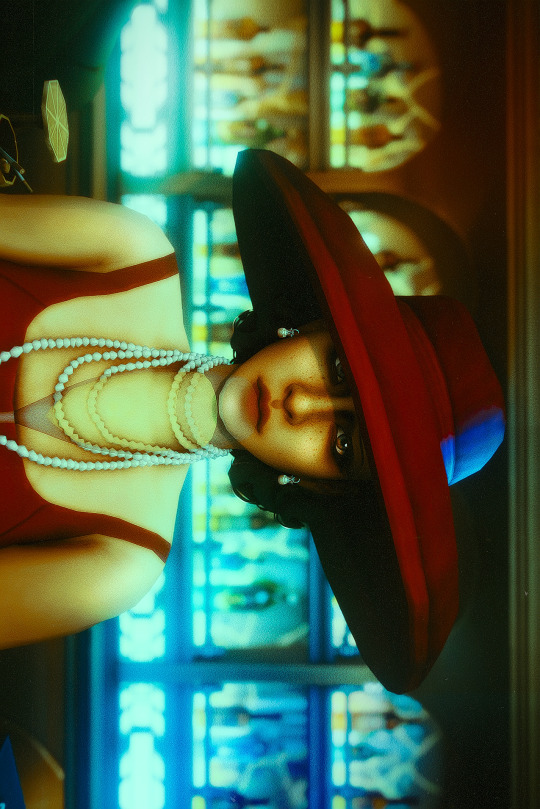




𝒮𝑜𝓂𝑒𝓌𝒽𝑒𝓇𝑒 𝒷𝑒𝓎𝑜𝓃𝒹 𝓉𝒽𝑒 𝓈𝑒𝒶…
huge thanks to @surely-sims @lumenniveus and @doctorsimcraft for allowing me to test the Bioshock deco yesterday! it was amazing being able to bring Rapture into my game and you guys truly did a fantastic job ⋆˙⟡♡ here's the link
#there are so many pieces i'm gonna add into the casino but i think the fish tank fish table and piano are my favorites :D#oh the build items as well! the windows! AHHH :D#ohhh the nostalgia i felt yesterday!#i put on a bioshock retrospective yesterday as i was in build mode and it honestly made me want to pick up the game again!#be honest guys... would they survive in Rapture?? (probably icarus but das it)#rowan being an absolute dog and flirting with dan in front of ares AND ARES'S FACE BROH#then atlas of course would immediately jump at the opportunity to drink plasmids because fire ;A;#love that suit and hair on theo :3#frances yearning over icarus pls... in every universe#oc: icarus#oc: frances#oc: theo#oc: gabriel#oc: gum#oc: syx#oc: kai#oc: atlas#oc: taryn#oc: rowan#oc: dan#oc: ares#ts4#simblr#sims community
371 notes
·
View notes
Text







House in Nishizaki, Okinawa, Japan - Studio Cochi Architects
#Studio Cochi Architects#architecture#design#building#modern architecture#interiors#minimal#house#concrete#house design#modern#minimalist#interior design#cool houses#cool design#brutalist#concrete house#light and shadow#beautiful homes#wood furniture#timber#windows#courtyard#kitchen#urban#japan#japanese house#japanese architecture#design blog#texture
595 notes
·
View notes
Text









#aesthetic#old architecture#exterior decor#vintage aesthetic#antique#ancient#old building#ruins#castle#tower#classic architecture#stone building#pillars#doorway#gateway#hallway#exteriors#arched windows#antique decor#dark academia#buildings#academiacore#vintage vibes#classical#academia aesthetic#explore#wanderlust#cottagecore#architecture#antique aesthetic
537 notes
·
View notes